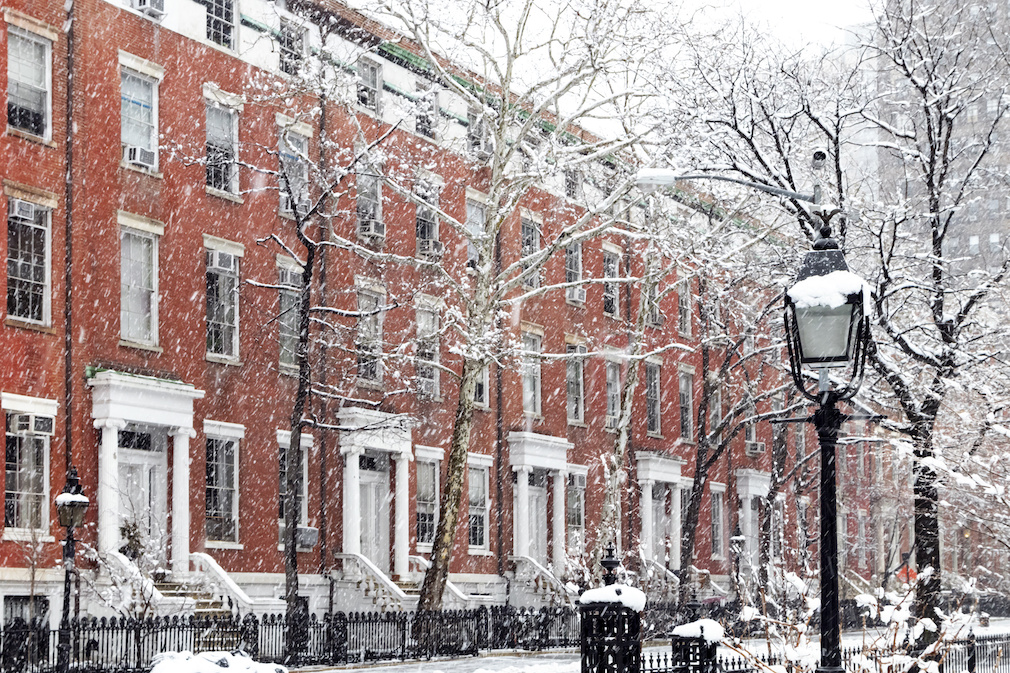[jwplayer UJxJgYcW]
After a strong year in multifamily housing, expect an even stronger one in 2020, according to RealPage Chief Economist Greg Willett.
In an interview with HousingWire, Willett said the apartment market is in great shape, and even the luxury market will see competition in 2020.
Occupancy rates were as high as 96.3% this year, a figure Willett said is well above the long-term norm.
And much of the new properties set to hit the market next year will be of the higher-end variety. According to Willett, about 75% to 80% of 2020’s additions will command luxury product rents, leading to increased competition in that market segment.
“Increasing completions point to a competitive leasing environment for luxury product in 2020. About 550,000 market-rate apartments are under construction right now. Approximately 366,000 of them are scheduled to finish in 2020,” Willett said. “That targeted delivery volume jumps sharply from 2019 completions of around 279,000 units.”
As for moderately-priced products, the market will remain tighter. Since starter homes are few and far between, and Baby Boomers want to age in place in their homes, many younger people are left with no choice but to rent.
And that’s leading to tight supply in the moderately-priced apartment market.
YardiMatrix recently revealed that 320,000 multifamily units were rented in 2019, leaving occupancy rates slim.
“While there’s not much middle-market product on the way, there will be a few additions in outlying areas of big metros, basically areas where lower land costs allow the delivery of some projects with lower rents,” Willett said.
“Likewise, middle-market product will come in secondary and tertiary markets where it’s still feasible to build lower-cost, garden-style properties with surface parking,” Willett continued. “The limited deliveries of Class B and C projects in most places point to continued sky-high occupancy and solid rent growth.”
Willett said that since the competition remains so high for multifamily housing and occupancy, consumers should expect pricing to stay high, and cap rates to stay low.
However, rent control remains a wild card for investment in some markets. This year, California and Oregon were the first states in the U.S. to enact state wide rent control.
“While it’s unlikely that owners in markets with rent control will look to sell off significant numbers of assets, some investors appear hesitant to deploy additional capital in those areas,” Willett said.






